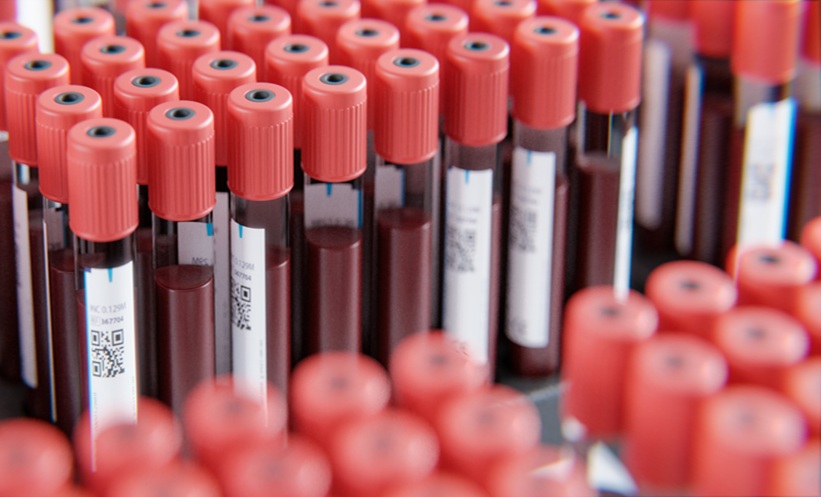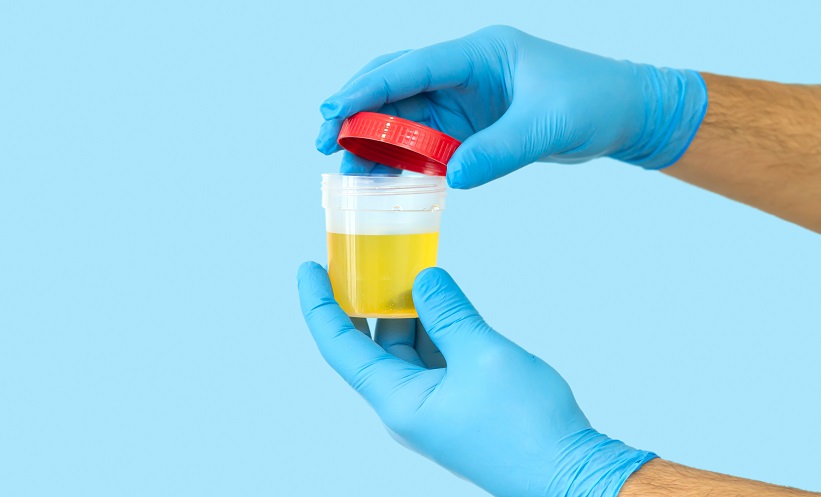National and international guidelines are available for almost all common diseases, and these should be applied when counselling patients. Deferring from the guidelines and the reasons for doing so must be discussed with the patient, and should be documented within the patient’s file. It is equally important to know how these guidelines have been constructed; whether the guidelines follow evidence-based medicine or are a consensus-based guideline. The general consensus now is that a guideline has to comply with the rules of evidence-based medicine. This means the following:
- All professionals dealing with the specific disease should be involved in the composition of the guideline, and preferably also a patient representative. These professionals should have a mandate from their professional specialty.
- For each of the topics, a ‘problem, intervention, comparator, outcome’ (PICO) is composed and, once there is a consensus on a PICO, an epidemiologist performs a systematic literature search (e.g. using Cochrane Library, Medline, and Embase) from a predefined time period, and all relevant articles and references are scored and graded for their level of evidence.
The level of evidence for a manuscript concerning intervention, prevention, or therapy is as follows:
A1) Systematic review
A2) Randomised clinical trial
B) Randomised clinical trial of intermediate quality, or non-randomised trial
C) Non-comparative studies
D) Expert opinion
Based on these levels of evidence, a grade of recommendation should be provided:
- Based on investigation at A1 level or two independent studies at A2 level
- Based on A2 level or two independent studies at B level
- Based on studies at Level B or C
- Based on expert opinions
At the end, the committee describes considerations based on patient preferences, availability of investigations or medications, logistic issues, and costs. This puts evidence into perspective and adapts to daily practice. Once all the items have been discussed between the committee members and there is agreement, the draft is sent to all participating scientific organisations for their approval and/or suggestions for adaptation. Following this process, the guidelines are implemented.
Furthermore, it is important to evaluate the implementation of these guidelines in daily clinical practice and this should be done by publication and distribution of the guidelines through the participating scientific organisations. At the end, indicators have to be developed to see how the guidelines are really followed.
Guidelines are not a legal document, but they help to provide the patient with qualitative good healthcare. However, it is not a one-size-fits-all document, and personalisation is important. This is where the multidisciplinary team has its role. The guidelines should form the basis of the discussion among the multidisciplinary team of professionals, and ideally all the data from the patient should be recorded beforehand in a database. Based on the guidelines and input from the meeting, the electronic system provides the proposed investigation(s) or treatment options for patients. We are currently working on such a system, which we expect to help the multidisciplinary team, and the investigations and treatments will be more uniform, providing there is adherence to the guidelines. Of course, in the individual patient, the ultimate decision on the treatment or investigation can differ, because the patient is the most important partner in the decision regarding what can and should be done. Another problem is that Level 1 evidence and high grade of recommendation is usually not present in the guidelines due to the lack of high quality studies, thus, again, the discussion with and involvement of the patient is of utmost importance.
WHAT IS HELPFUL IN CLINICAL PRACTICE?
I think each professional working in a specific field should be aware of the existing local and international guidelines. In most healthcare systems, the local guidelines are the most important, because healthcare providers base their reimbursement for investigations and treatments on the guidelines (at least in the Netherlands). The guidelines are, however, not practical tools to use during consultations. For prostate cancer, a tool has been developed (Mirrors of Medicine) that can help the physician by using an App. By introducing patient and disease characteristics, recommendations are provided (using a traffic light appearance) of what should be done according to the guidelines. The prerequisite is that this tool should be updated once new evidence becomes available. Here we pinpoint a problem with the guidelines, because if each update has to go through a system of evidence-based medicine (PICO, literature search, approval of all scientific organisations) it takes a long time before the guideline can be updated and healthcare providers will allow reimbursement. How this issue can be tackled is still not well defined, but usually real-life practice is ahead of the guidelines. Because patients are aware of the new developments, they may ask for the investigation or treatment.








